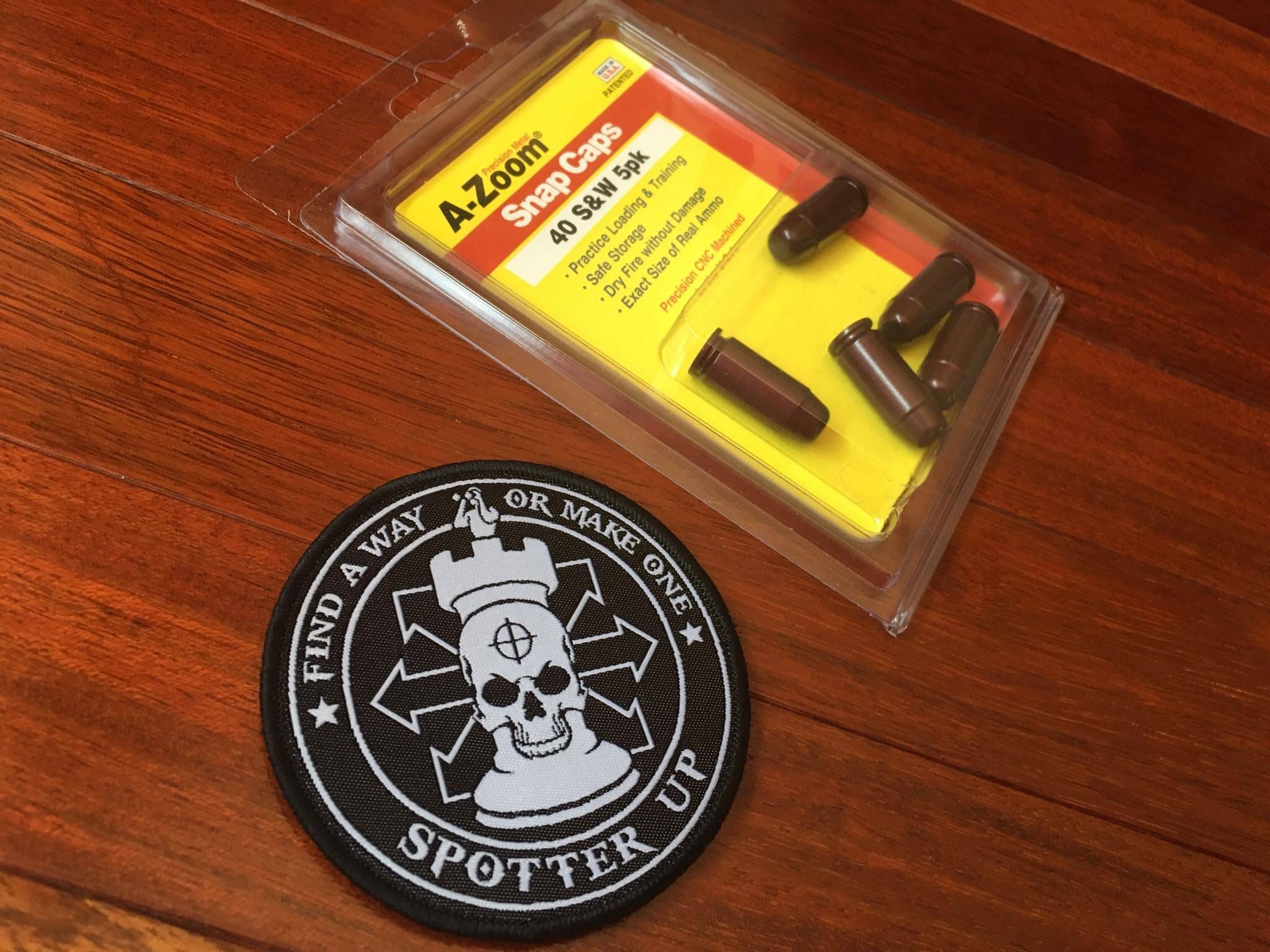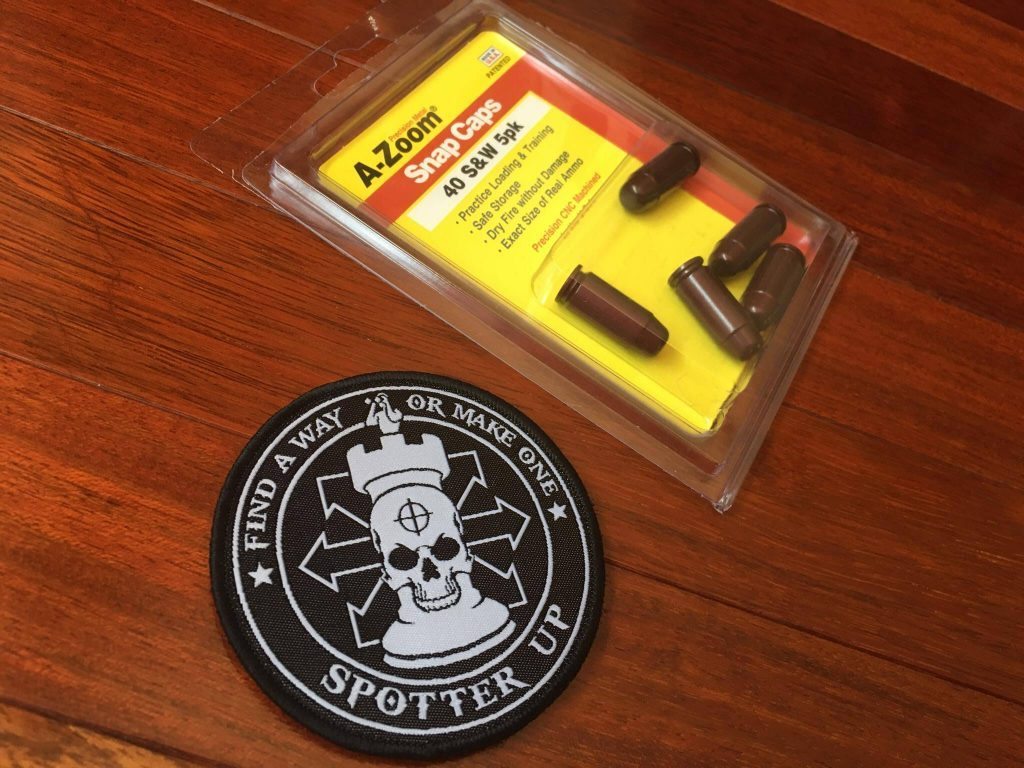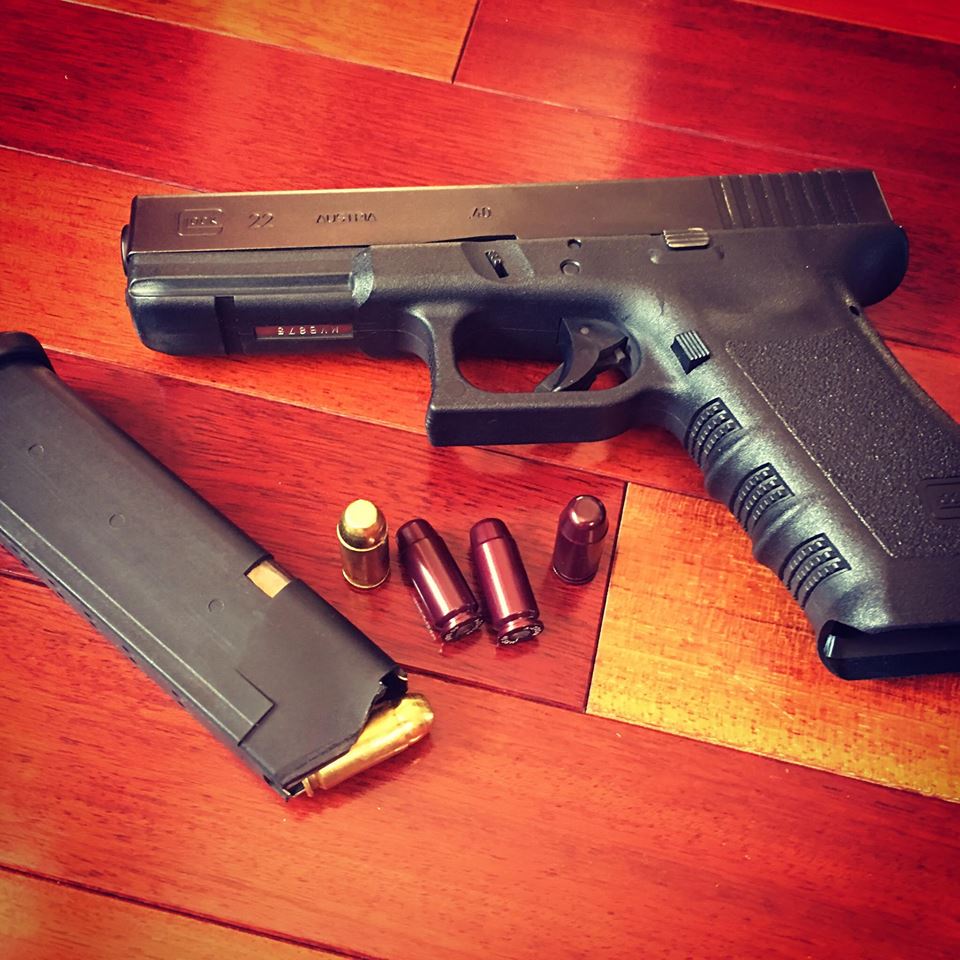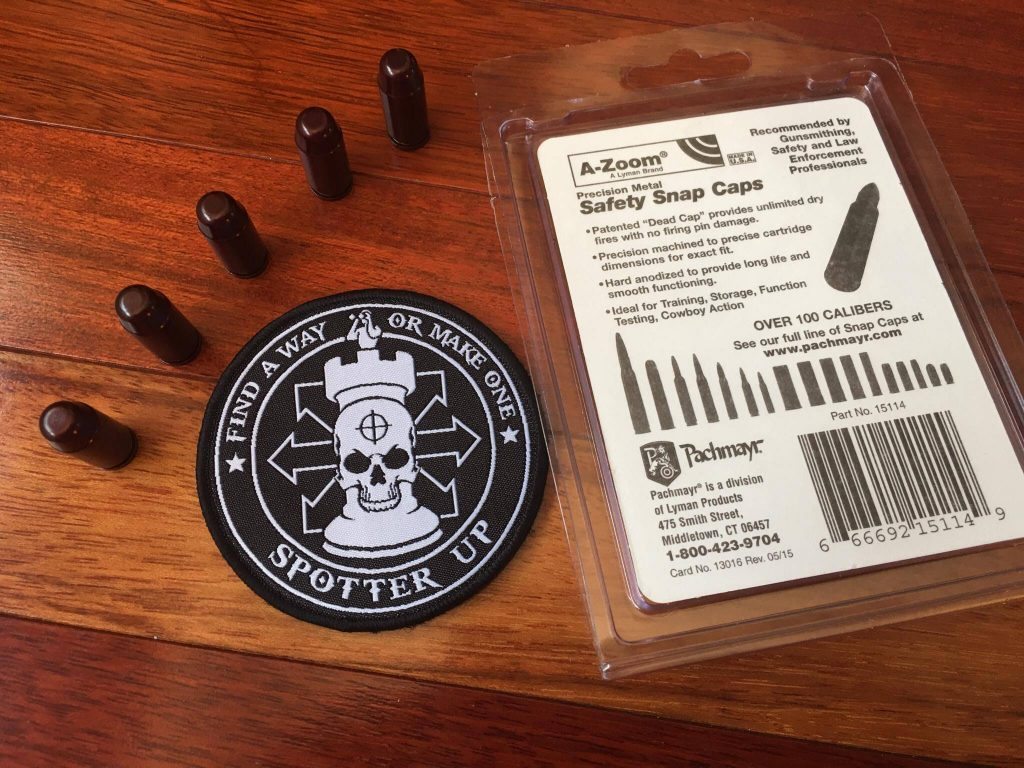According to the FBI most crime occurs at parking lots, schools, bars, roads and at home. You’re going to be near one of those locations sometime throughout your day. Imagine a scenario where you have to use your weapon. Can you imagine a lot of children and shoppers running directly at you as you attempt to draw your weapon and engage the threat? Will you have to dodge people and other obstacles in your quest to survive an encounter with a gunman? Have you practiced enough or did you simply purchase a pistol and take a basic course just to get your concealed carry permit?
What do you do if your gun jams?
Anyone looking to improve their shooting skills and yet lacking in time and money for live firing training should consider adding dry fire practice to their training regimen. Dry firing practice as it’s called involves going through all of the shooting steps except you won’t use live ammunition.
Dry firing can be used while moving along assault courses, through shoot-houses or while seated in vehicles. Yeah, it’s not as super sexy as hearing the bang or checking to see where the round made a mark on the target but it’s an essential part of good firearms training. Not only does it help save you money and time but dry-firing helps to develop muscle memory by repetition. This additional training could prevent you from possibly getting filled with bullet-holes; dry firing is cheaper than a hospital bill so you just saved yourself months of rehabilitation if you live.
Dry firing is good simply because there are zero range fees, zero need to clean your weapon, or to gas your car up on the way to the gun range. Lastly, you’re not using up your ammo. One of the things that I dislike about one near-by local gun range are their rules. The demand that customers purchase a minimum of one box of ammo to use their range, even if you have a 1000 rds of ammo in your bag! This can get expensive.
Okay, so how do you get started with practicing dry firing?
- Firstly, you don’t want to sit on your sofa like a brain dead zombie pulling the trigger 100 times. If have a new holster and new side-arm, well go ahead and try them out. Try to use the weapon as if you were going live. A samurai didn’t pull his brand new sword out of its sheath during his first encounter with ninjas. If you have a new In the Waistband (IWB) holster try to set it up the way you would normally wear it. If you’re a police officer then go ahead and set your vest and holster up as if you were headed to the streets.
- Find a room where you can practice without being undisturbed. Treat every weapon as if it were loaded. You do not want to have someone walk into the room while your weapon is pointed at them; it doesn’t matter if the weapon is unloaded. No one likes to have a weapon pointed at them when they enter a room.
- Before you begin practicing in your “room of solitude” ensure that your weapon is unloaded. Ensure the firearm is unloaded by removing the magazine and checking the chamber. DO this at least twice. Never dry fire at a target that you would not shoot at with live ammunition.
- Pick a wall with something on it to aim at, preferably a small target, in order to “aim small and miss small”.
- Try to get in anywhere from 15-20 trigger pulls without putting any outward pressure to one side on the other of the weapon. Keep your weapon in line with the target. Pull your finger back on the trigger and attempt to perform a nice, smooth trigger pull. Wait for the sound of the “click”.
- Were your sights on target? If they weren’t then you should make the necessary adjustments until your sights can be lined up on the target as you pull the trigger.
- If you begin getting fatigued while practicing it is a good sign to quit. You will not get anything more from practicing sloppily.
- Dry firing once a week is a good way to improve your trigger pull.
Typical training for those with little time behind the trigger is to draw, present the weapon, and then make rapid sight acquisition/target acquisition. Those with more experience behind the trigger will incorporate the effective use of cover and concealment. If you are confidant with your dry-firing exercises try to do more than point your pistol at an object simply to pull the trigger. Mix it up some by moving forwards, side-to-side or retreat. Add in your house’s hallways and rooms. Weapons skills degrade quickly if you are not a frequent user of them. Dry firing is a great way to get comfortable with your weapon before you head to the range. Now let’s get into snap caps.
Conventional snap caps were designed for function testing, safety training or safely decocking a firearm without damaging the firing pin. They contain no projectile and have an inert primer. In lieu of a primer the snap cap might utilize a spring-cushioned button, a soft plastic or nothing at all. The cases may be made of metal or plastic. The snap caps are a solid piece and not a casing with a projectile. They are available in a variety of types and calibers for handguns, rifles and even for shotguns.
Snap caps makes it possible to practice with your firearm without the expense of shooting live ammunition. You can see in the images I included in this article how the caps are nearly indistinguishable from live rounds. The burgundy color was specifically chosen by the manufacturer so the user would not confuse them with live ammo. Great as a training aid for misfires or malfunctions as they are meant to mimic a live “dud”.
Snap caps offer many benefits over dry firing on an empty chamber. The pack of snap caps I have are from A-Zoom. I paid roughly $12.00 at the local gun store. The A-Zoom are machine-crafted from solid aluminum to precise cartridge dimensions. The company states their product is hard anodized for ultra-smooth functioning and extended life. Because noise and recoil are not present when using snap caps or dry-firing the user can more easily focus on the gun sight. Shooters who usually anticipate weapon recoil can now focus on the gun sight without flinching and thereby improve their muscle memory. Using them to practice handling misfires and jams isn’t just for beginners; even those with greater firearms proficiency will find them useful.
Notice the soft, nearly clear primer in the image above? Definitely ideal for doing many of the drills you might do when using live ammo. One of the easiest drills you can do is loading and unloading your weapon. You can load you magazine and practice inserting the magazine.
For the paranoid and try doing a press check. A press check is performed by pulling the slide back far enough to see if there is a round in the chamber. The goal is to pull the slide back far enough to see the round without ejecting it or causing a new round to chamber. You can use the snap caps to safely practice and simultaneously build your finger strength on your weapon. If you have a new weapon this is perfect for getting familiar with it before going to a range. Once you are comfortable and can handle the weapon safely you should try to mix the live rounds in the magazine with snap caps while at the range. We’ll cover drills to practice at home in another article but in the meantime give these things a try. Check out DeNiro and Pacino checking the condition of their guns in the movie HEAT.






